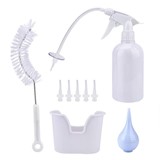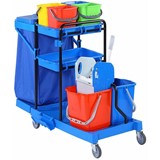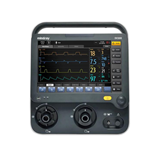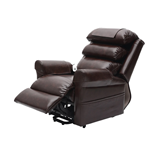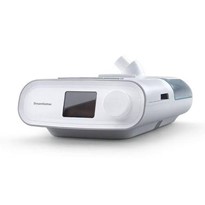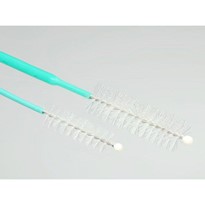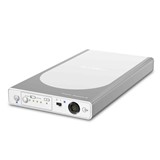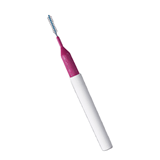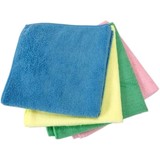“Regular maintenance helps keep your CPAP equipment working correctly. “It is vitally important to keep everything as clean as possible, as hoses/tubing and masks can be a prime breeding ground for bacteria and mold," said Phoebe Ochman, director of Communications for Sleep Apnea Treatment…"
To help you manage your regular CPAP equipment maintenance routine, we’ve put together this handy checklist…
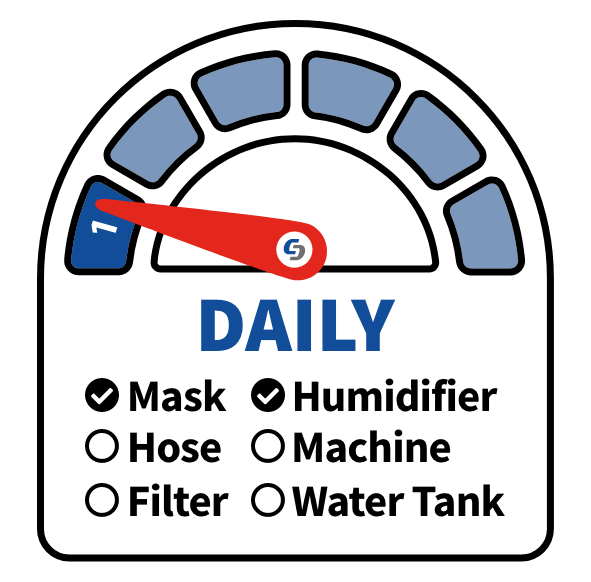
Mask: Use mask cleaning wipes designed specifically for cleaning CPAP masks.
Humidifier: If your unit has a humidifier, empty any leftover water instead of letting in sit in the unit all day. Refill the humidifier with clean, distilled water right before bedtime for optimal use.
Alternatively, wipe the mask (including where it comes in contact with your skin) using a damp towel with mild detergent (such as soap liquid) and warm water, to remove oils, dead skin cells & sweat, as these can affect the quality of the seal. Gently rinse with a clean towel and let the mask air-dry.

Mask, Hose, Air Filter, Machine and Water Tank: Clean the CPAP hose/tubing, mask, headgear, water tank and air filter in a bathroom sink filled with warm water and a few drops of ammonia-free, mild dish detergent. Swirl all parts around for about five minutes, rinse well and let air dry during the day. Wipe the machine over once a week with a clean, non-abrasive damp cloth to remove dust particles.
Don’t place in direct sunlight as UV can discolour and even damage delicate silicon parts. We recommend hanging the hose over the shower head to ensure all the water drips out and make sure everything is thoroughly dry before using.
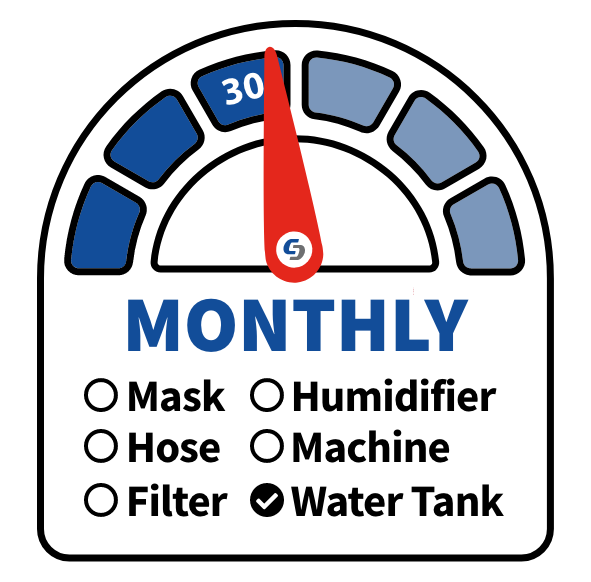
Water Tank: Soak the water tank in a solution of one part white vinegar to five parts water for 30 minutes, thoroughly rinsing and then placing in your dishwasher’s top rack for washing.
If your machine has a built- in ozone cleaner like the HeathGear SleepZone, use it monthly, carefully following the manufacturers’ instructions.
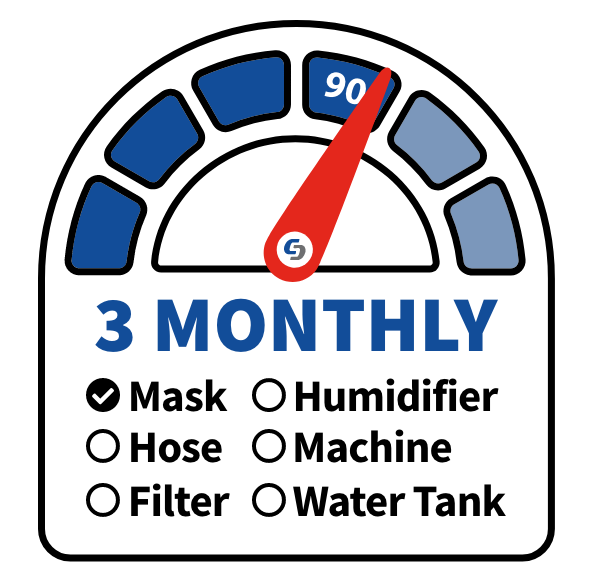
Mask: Check the silicone mask parts are still soft and supple with no splits or discolouration.
Headgear: Check the headgear is still elastic (i.e. it returns to normal after being stretched) and it is not fraying or delaminating.
Replace either your mask or headgear as soon as possible if any defects are found before they fail. There is nothing worse than losing several nights’ sleep while you wait for broken parts to be shipped to you!
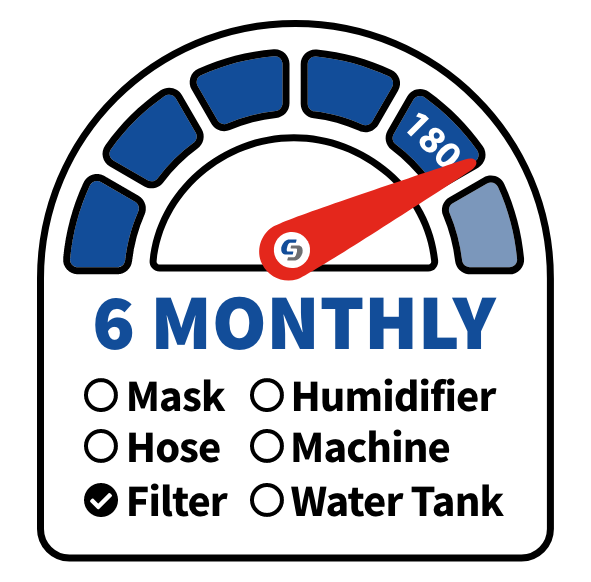
Air Filter: Replace at least every 6 months (when daylight savings comes along is a good reminder).
NOTE: If there are smokers in the household, pets that shed hair or the machine is in a dusty environment, please check and replace the air filter every month.
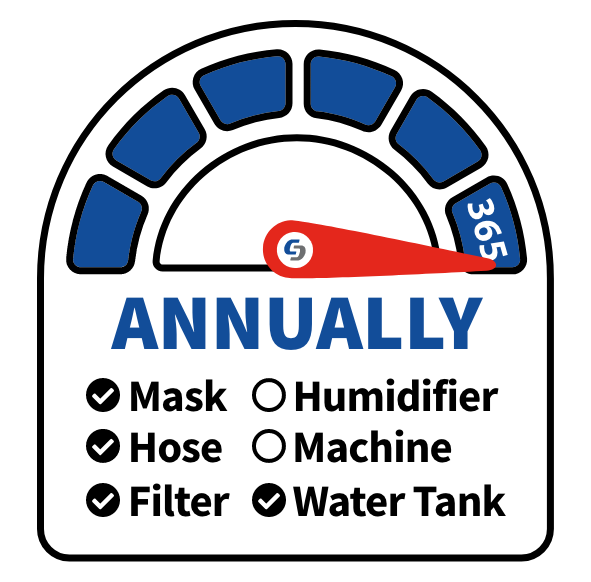
Replace your CPAP Mask, Hose, Water Tank and Air Filter. Clean and keep the old set just in case something fails during use.
Why replace after 12 months?
12 months use at 8 hours every night (plus the odd afternoon snooze) works out to be around 3,000 hours of use per year. That may or may not sound a lot depending on your perspective.
As an analogy, think about 3,000 hours in a car at 60k/m per hour. That’s 180,000km in 1 year. You would want to replace your tyres well before then, right?
Replacing these items would typically cost around $300 for 3,000 hours use. That works out to be just 10c/hour. Not even the cost of one cup of coffee per day. Your sleep health is worth that, isn’t it?




